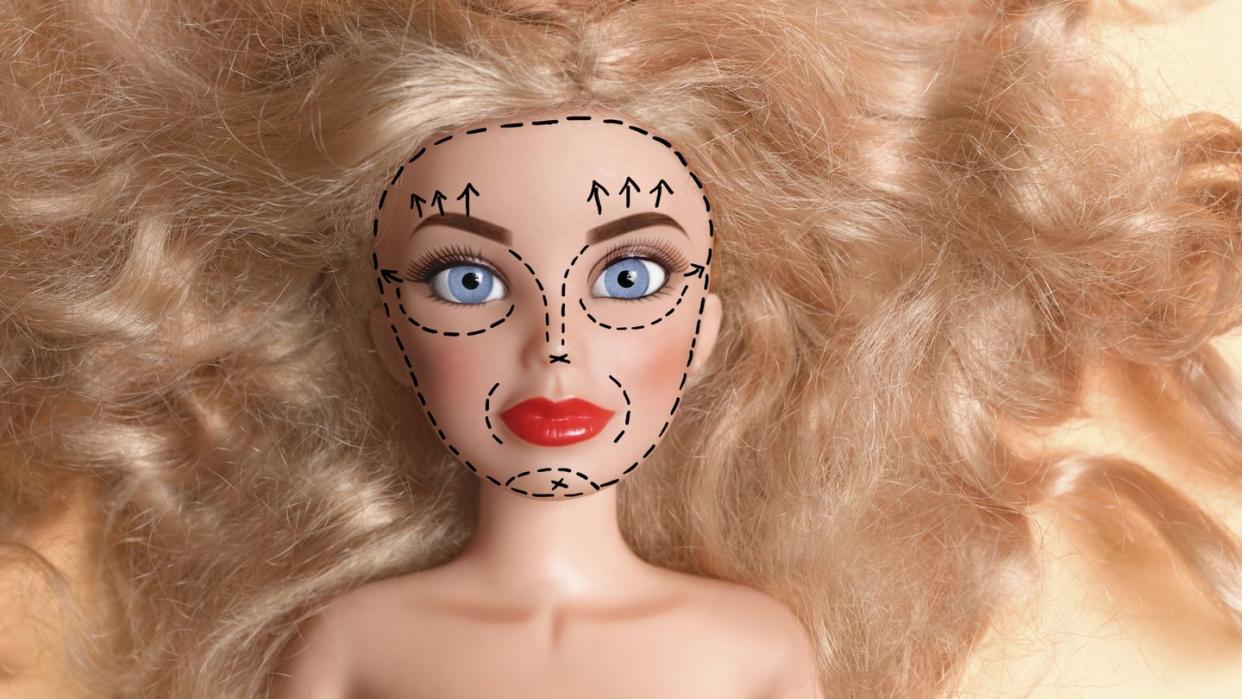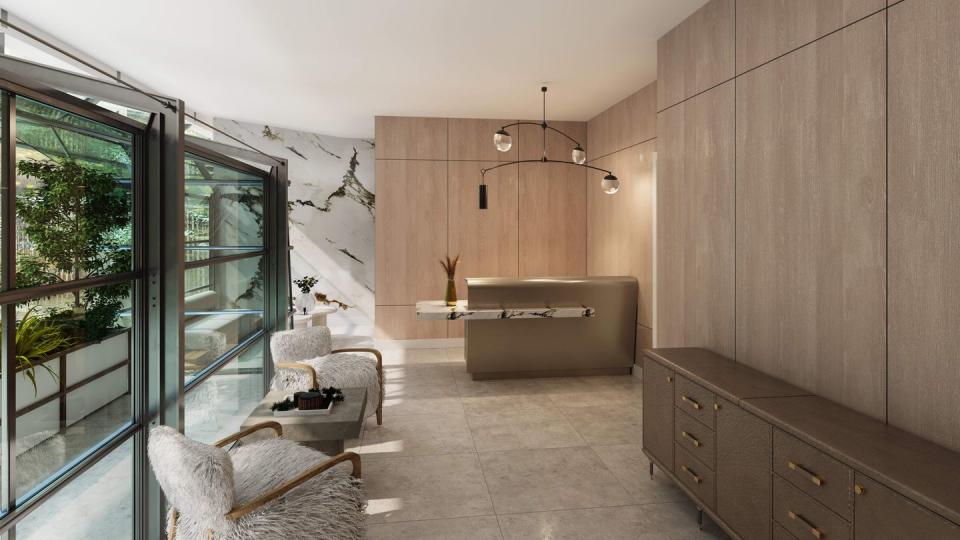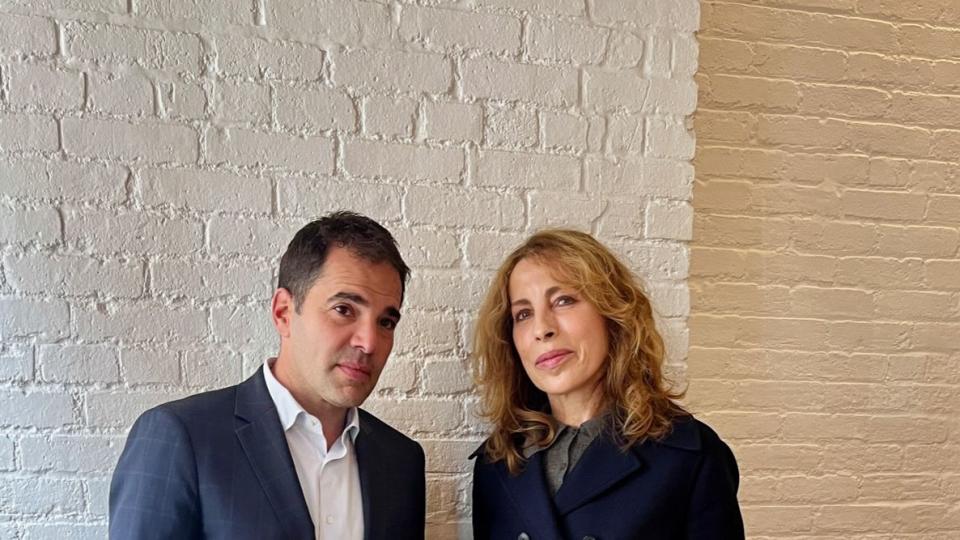The Modern Facelift, New York Style

What is the most modern way to get “work” done? Step into the Aesthetics & Plastic Surgery center in Tribeca, which was recently opened by Dr. Oren Tepper and Dr. Evan Garfein, and you’ll find out. Here, your face will be mapped with 360-degree Vectra imaging technology so that you can gaze, oracle-like, at how your face will appear post-surgery from every angle. Getting a rhinoplasty? You can even “try on” an ultra-realistic 3D-printed simulation of your ideal nose. In other words, you will know what you are getting—and, when you venture downstairs into the facility’s state-of-the-art surgical center—you will know exactly where you are getting it. For the publicity shy, there’s even a private recovery apartment with a secret entrance leading straight to the operating room.

There’s also a new (faster, better) way to recover from your procedure. Tepper has partnered with celebrity aesthetician Aida Bicaj to develop an exclusive facial treatment protocol designed to prep the skin prior to surgery and aid optimal post-op results. Historically, the condition of the skin and muscle haven’t been taken into much consideration by either patients or plastic surgeons—any wrinkles and sagging would simply be erased by a nip-tuck, and there the story would end. But like the truism that makeup is never going to look good if the skin underneath it is bad, so too a facelift is not going to look as good as it can if the condition of the skin is subpar. Tepper was among the growing number of cosmetic surgeons to recognize that patients who go into surgery with better-cared-for skin tend to bounce back more readily, and suffer less bruising and swelling, than those who have been less diligent. He sought out Bicaj, who is legendary for her lifting, firming, and sculpting prowess, knowing that together they could transform the way that his patients recover.
“Surgeons typically think of our intervention beginning the day of surgery, but in reality there's a big ramp up of preparation and optimization that could happen beforehand,” Tepper says. “It occurred to us that there has never really been a good collaboration around the idea of training your skin before surgery. It’s like the difference between getting up and running a marathon without having done any interval training or running it with your body fully conditioned.” Think of it in terms of muscle memory: The more resilient the skin is, the more readily it will snap back into place.
Bicaj’s specially designed multi-step treatment focuses on skin elasticity, strength, hydration, exfoliation and detoxification through lymphatic drainage, skin resurfacing, and Buccal massage. Available exclusively at Aida Bicaj Tribeca, the program begins three weeks before surgery, with a once-a-week cleansing, exfoliation, and massage treatment to promote elasticity; then, two weeks after surgery, the regimen continues for two-to-three weeks with a focus on moving stagnant lymph, cooling with cryo-sticks and cold masks, and negative ion therapy with LED to promote healing.

“The pre-surgery treatments allow the cells to perform their metabolic functions correctly and create the proper structures needed for recovery,” Bicaj says. Just as you pay attention to diet and exercise in the weeks leading up to surgery, she says, “nourishing the skin with serums is like nourishing the body with supplements. If you really hydrate and prep the skin adequately, the cutting and stretching won’t be as traumatic.” Afterwards, it’s all about TLC—bringing down swelling, soothing, and restoring balance with a curated cocktail of Biologique Recherche potions.
Since starting the protocol this summer, both Tepper and Bicaj say that the results have been stellar. “A month after surgery, the skin looks amazing—very plumped and healthy,” Bicaj says. “The scarring is barely there, and the results look so natural.” It may even help Tepper’s artistry endure. “I really believe Aida’s protocol will not only help people look better faster after surgery, but also help them maintain the results longer,” says Tepper. “How many times you heard from people after five or seven years, that they need another facelift?” asks Bicaj. “If you do this treatment, frankly, you won’t be saying that. Facialists and plastic surgeons used to be in competition with each other, but truly, we do different things. Together, we can give so much more to the patient.”
You Might Also Like


